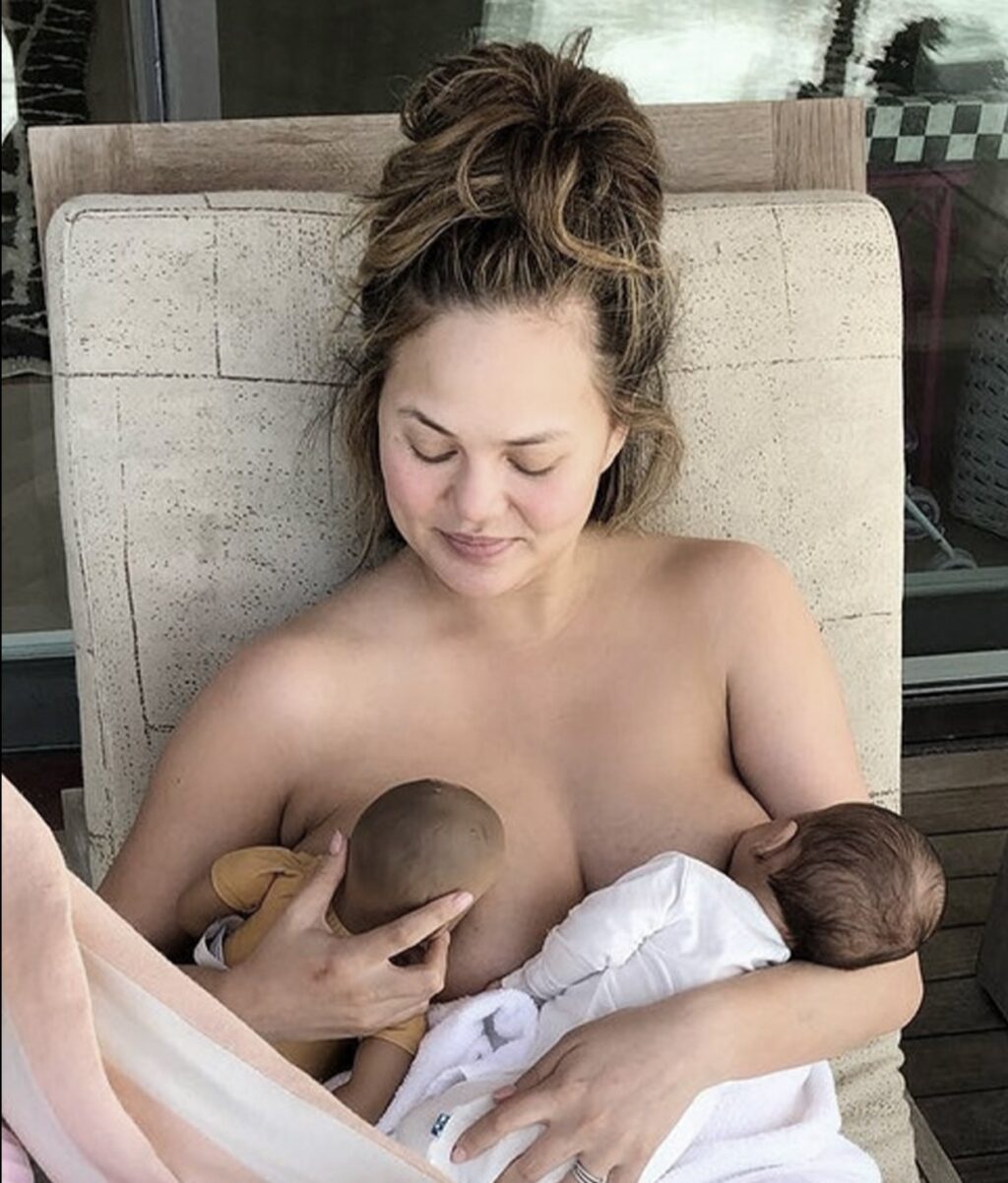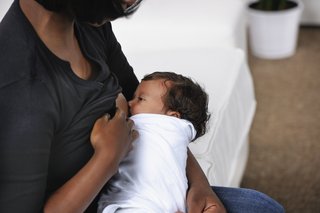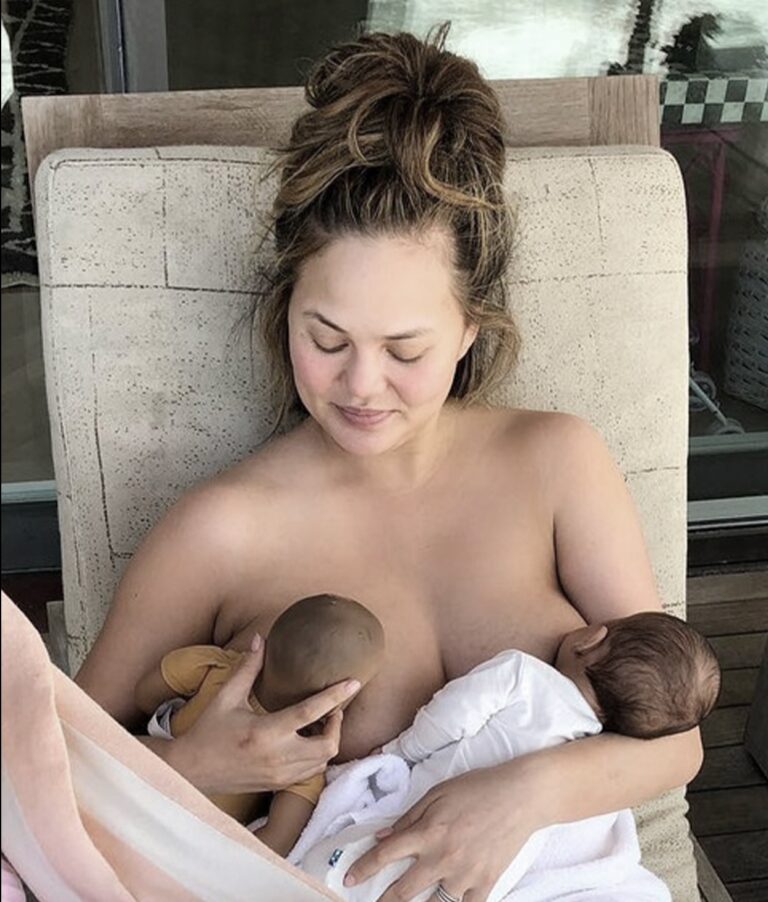
Different breastfeeding holds may work better than others for you and baby. From football hold to cradle hold to laid-back, these are the breastfeeding positions nursing moms will want to know about.
Making milk might come naturally, but the delivery of it from breast to belly takes a little know-how and a lot of practice. For many new moms and babies, the first attempts at breastfeeding are haphazard and hapless, at best. But proper positioning is essential in helping your newborn latch on the right way, as well as preventing nipple soreness and other breastfeeding problems.

With some trial-and-error, you’ll find the breastfeeding position that works best for you. And in no time, you’ll be a pro at breastfeeding your baby.
How to hold baby when breastfeeding
Start by placing your baby on one side, toward your breasts. Make sure your baby’s whole body is facing your chest, with his ear, shoulder and hip in a straight line.
You don’t want your newborn’s head turned to the side — it should be straight in line with the body. Use a nursing or regular pillow to bring your baby to a height that makes maneuvering him to the breast easier.

Different breastfeeding positions
Once you and baby are set up, try one of these five best breastfeeding positions:
Cradle hold
To breastfeed baby in a cradle hold position, do the following:
- Position your baby so his head rests in the bend of your elbow on the side you’ll be breastfeeding, with the hand on that side supporting the rest of the body.
- Cup your breast with your other hand, placing your thumb above your nipple and areola at the spot where your baby’s nose will touch your breast.
- Your index finger should be at the spot where your baby’s chin will make contact with the breast. Lightly compress your breast so that the nipple points slightly toward your baby’s nose. Your baby’s now ready to latch.
Crossover hold

To breastfeed baby in a crossover hold position, do the following:
- Hold your baby’s head with the hand opposite to the breast you’ll be nursing from (i.e. if nursing from the right breast, hold the head with your left hand).
- Rest your wrist between your baby’s shoulder blades, your thumb behind one ear, your other fingers behind the other ear. Cradle the neck of your baby, allowing for his natural movement.
- Using your free hand, cup your breast as you would for the cradle hold.


